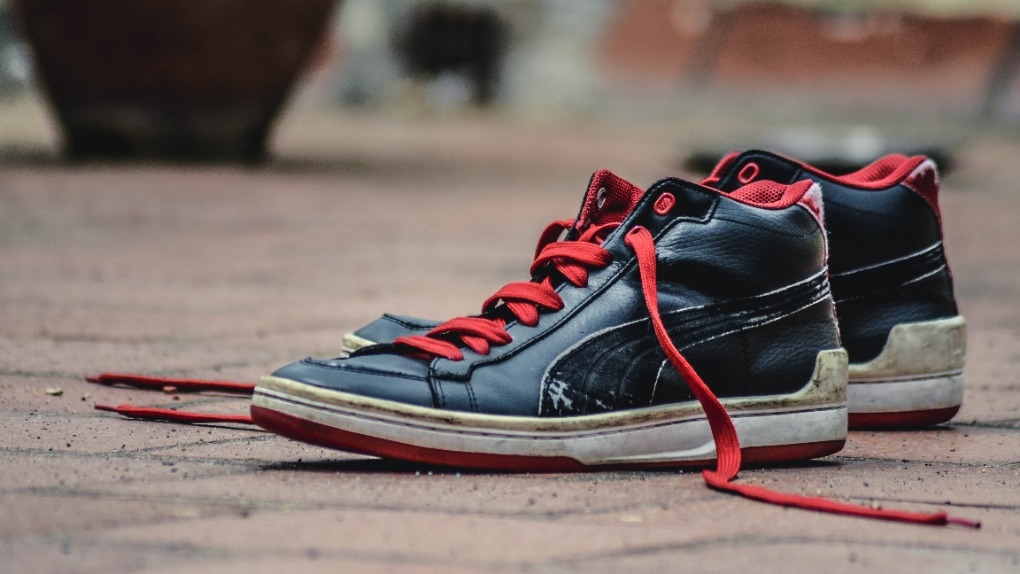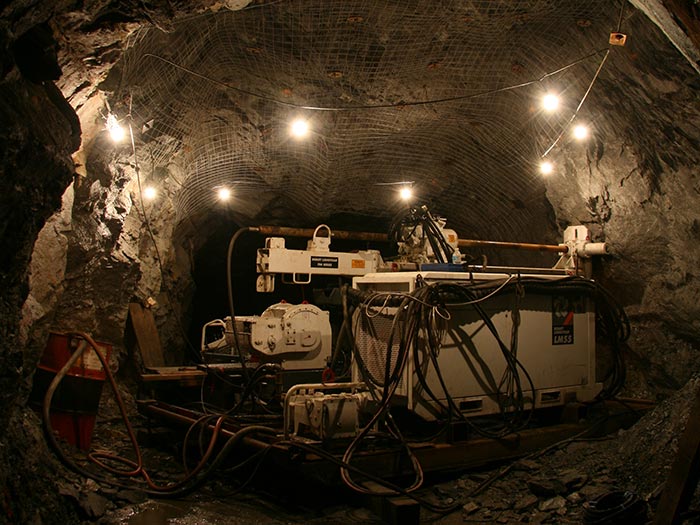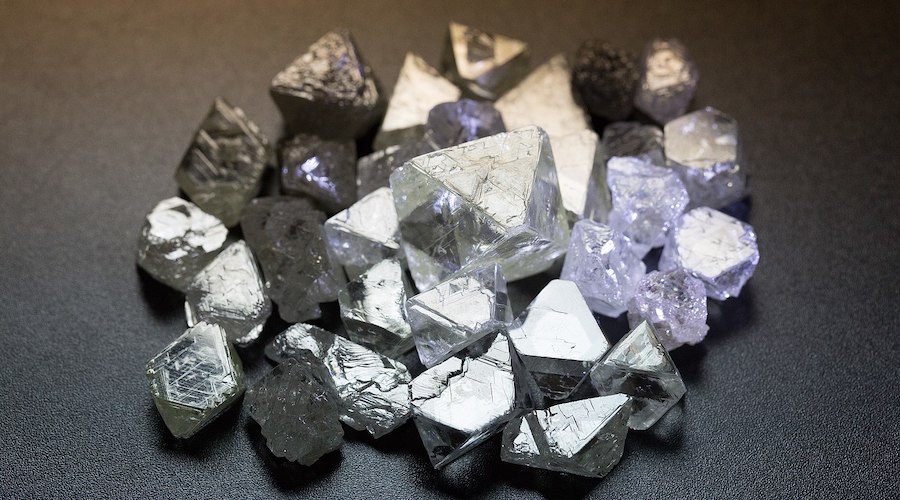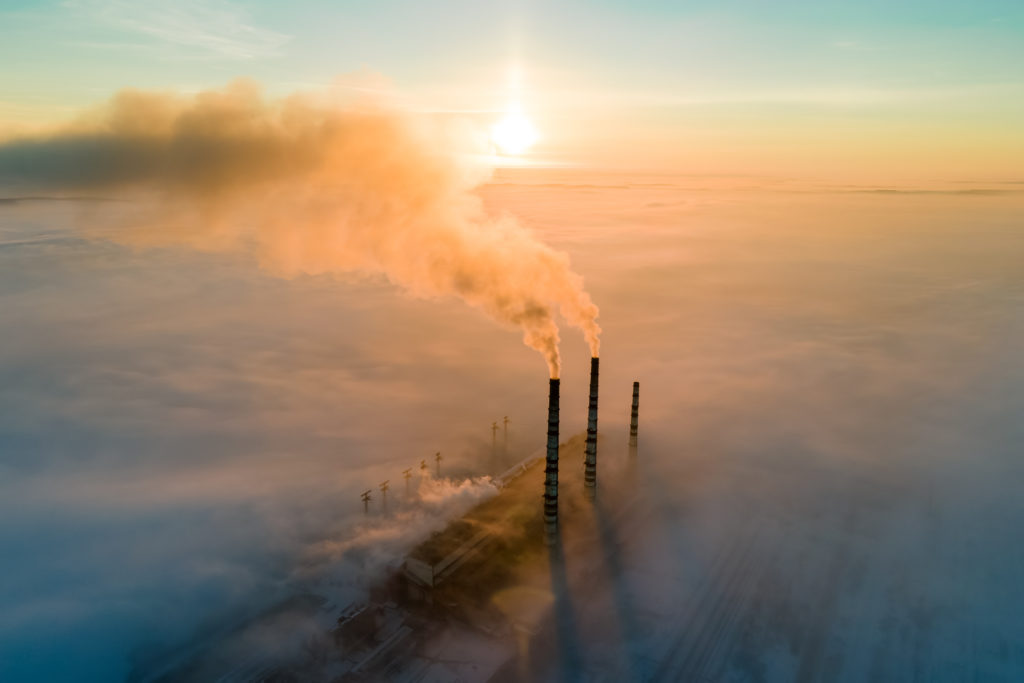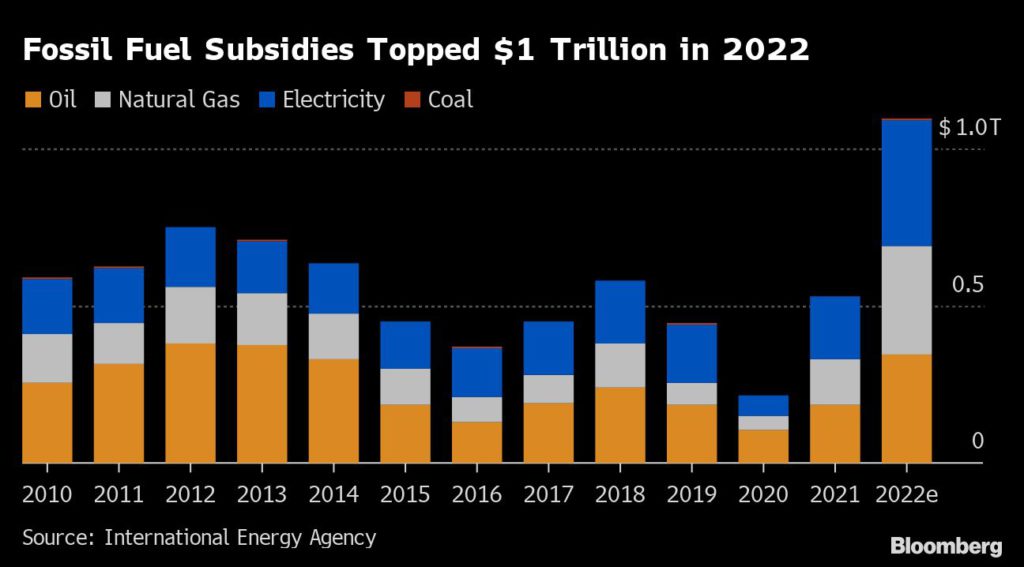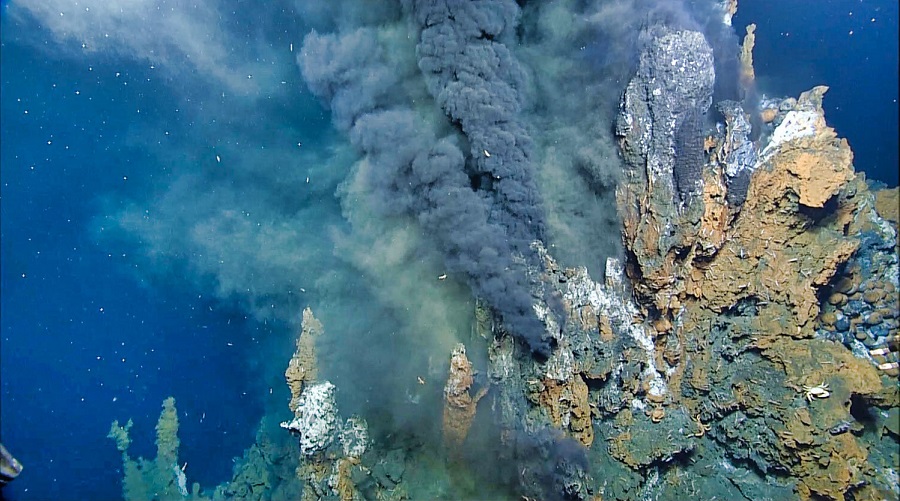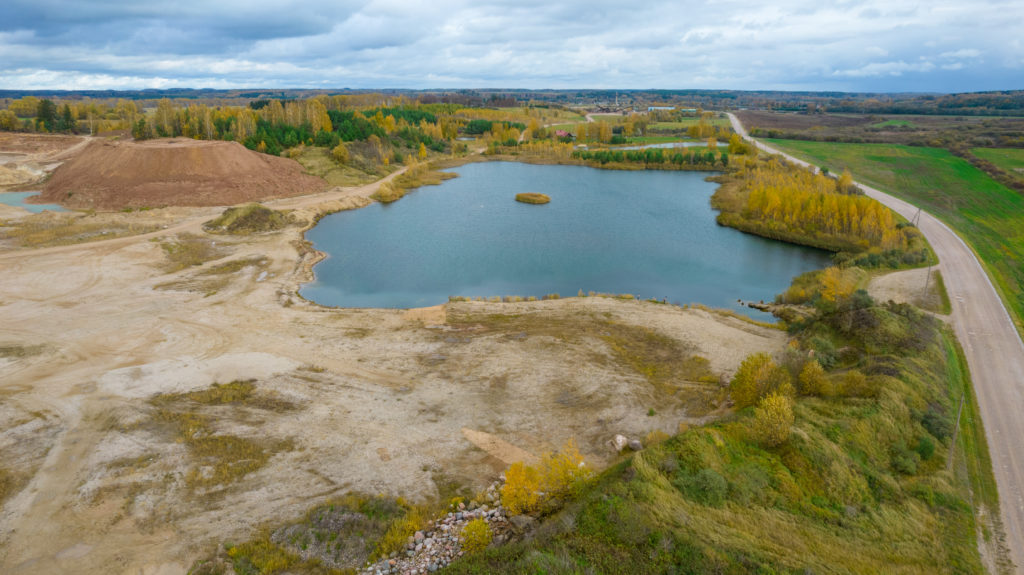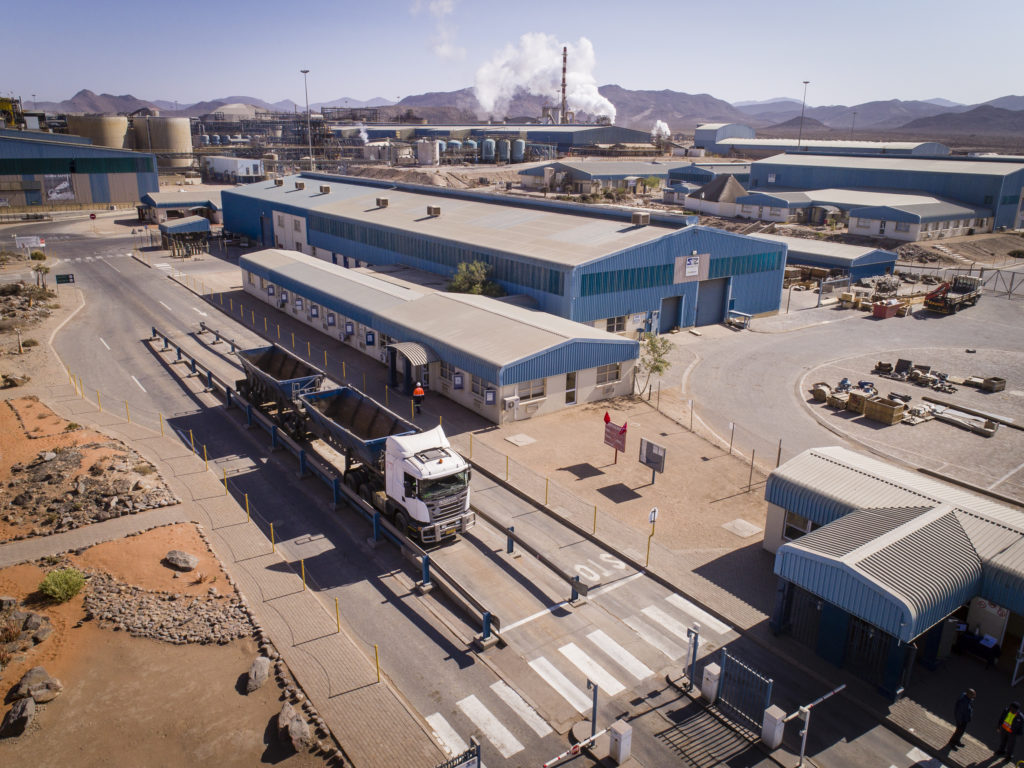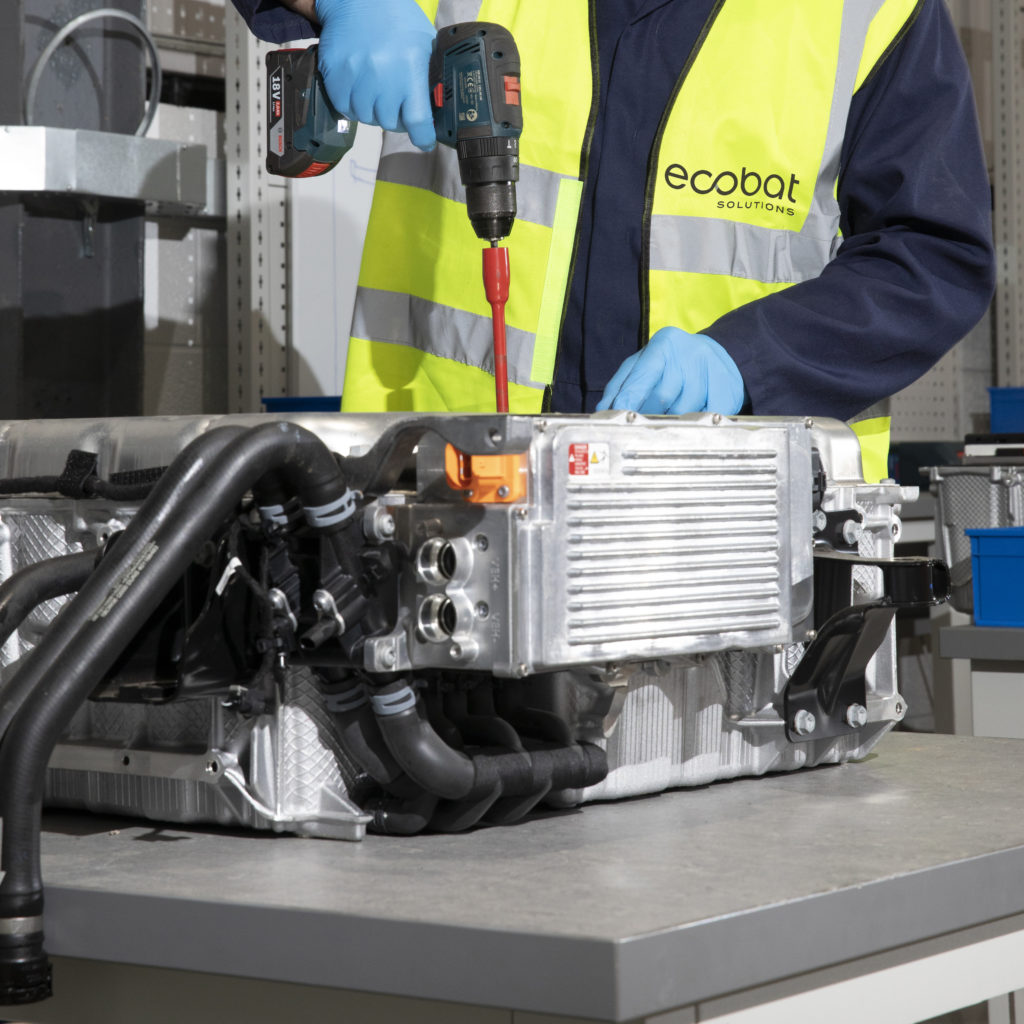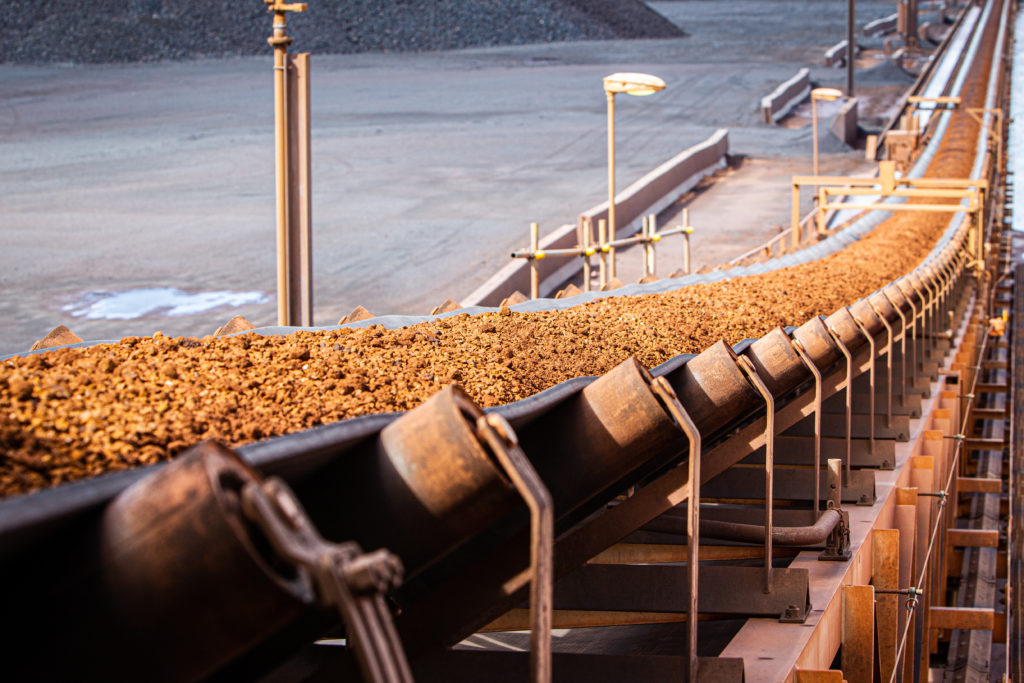From well cleanups to Sovereignty Act, Danielle Smith's big ideas keep deflating
Premier's key aides are also the guys behind her most controversial policies
For some time there, Premier Danielle Smith had been a big believer in RStar, a program that would hand oil and gas companies financial incentives to clean up the inactive wells, which was already their legal requirement.
She wrote glowingly about it. She lobbied other politicians about it.
She campaigned on it. She hired Kris Kinnear, the program's chief advocate, as a "special project manager" in her premier's office, and another big booster, MLA Peter Guthrie, as her energy minister.
Then, almost as quickly as the government confidently released the outline of such an incentive scheme in early February, Smith hit the dimmer switch on her twinkly, twinkly little star initiative.
In a statement this week, the premier stressed that consultations on the $100-million program will take "several months to complete," and cabinet would decide "whether or how" (emphasis mine) to proceed with the idea.
This keeps the program in limbo until at least the fall, according to the Globe and Mail.
Starry or nebulous
The program was rejected by the United Conservative Party government when Jason Kenney was premier and Smith was a lobbyist — but it seemed inevitable this new premier would champion it into existence.
Then came torrents of criticism from everyone from the Alberta NDP and environmentalists to the unlikely critics at Scotiabank, who similarly despaired trampling over the "polluter pays" principle of well remediation.
And now, with the election coming, it's banished to the isle of long-term consultations. Smith's team may have no desire to keep discussing the program Alberta Energy has rebranded the Liability Management Incentive Program.
(Is this how it's done now? If you want to take the steam off a too-hot government program, give it a more boring name? RStar becomes Liability Management Incentive Program, Just Transition becomes the Sustainable Jobs Plan? What happens when controversy washes over, let's say, Travel Alberta?)
Similarly, the Smith government gave its Sovereignty Act the decidedly less spicy name Alberta Sovereignty Within a United Canada Act, in hopes of defusing criticism. And while it was the centrepiece of Smith's UCP leadership campaign, and her much-hyped Bill 1 last fall, the premier has in 2023 ceased to say much about it, or express interest in ever, ever using this legislative dynamite against the federal government.
Smith has been up-front about her fondness for the political trial balloon, the idea of launching various ideas into the sky and not being too proud to watch others blow them onto a new course or deflate them entirely.
However, Smith's campaign for premier only articulated a limited number of specific major policy ideas.
Check the checklist
Fire the Alberta Health Services board — that was straightforward enough. Sovereignty Act — a bumpy ride that seems to have landed off the map. RStar — see above.
A $300 health spending account for each Alberta, launched this spring via app — more complex than she anticipated, so it won't come this spring.
During the campaign, these ideas weren't launched as mere balloons. They were rockets designed to launch Alberta into greater frontiers.
But then, when stress-tested in reality, and pulled through the machinery of government, nothing seemed quite as easy, certain or even workable.
This happens with so many politicians' promises — remember Prime Minister Justin Trudeau's firm promise that 2015 was the last time we'd vote in a first-past-the-post system? But the abandonment rate or deferral of so many of Smith's key ideas appears to be in a different tier.
Notionally, a more comprehensively formed idea on the campaign trail will more smoothly transition into government policy. Notionally, too, savvy political advisers will protect a candidate or premier from less battle-ready plans.
But what if the people who concoct these campaign ideas are her advisers? Kinnear, who'd spent years promoting RStar for a coalition of small oil and gas sector firms, was Smith's campaign coordinator.
Rob Anderson, her campaign chair and now the executive director of the premier's office (Smith's top aide, effectively), was also co-author of the strategy blueprint that invented the Sovereignty Act concept — which Anderson initially had argued would let Alberta wall itself off from the federal carbon tax, Supreme Court ruling be damned.
Political advisers are in effect gatekeepers, but almost nobody is good at locking out their own ideas. Having good idea screeners may be especially vital to a politician's success when that leader is someone renowned for enthusiastically embracing all manner of ideas and/or balloons.
Put a bug in Danielle Smith's ear, it might soon find its way to her mouth.
Unpredictability abounds in such situations, and unpredictability is one of the scariest elements in politics (abundant as it is recently in Alberta).
The best political advisers instill discipline or tell a premier or leader what they might not want to hear. And then there's the panels a politician creates to tell them exactly what they want to hear.
Putting a bug in her ear
David Yager, a former Wildrose Party president whose writing on energy constantly swipes at "environmental radicals" and international climate plans, was picked to lead Smith's new advisory panel on Alberta's energy future.
Smith chose former Reform Party leader Preston Manning to chair a panel to review the province's handling of public health emergencies — after he'd spearheaded efforts to launch a "citizen's inquiry" into Canada's COVID response, which primarily attracted those who disparaged it.
Along with former Supreme Court justice John Major, the premier appointed Dr. Martha Fulford as its lone infectious disease specialist. Fulford advocated for groups that denounced mask mandates and other restrictions, putting her right in alignment with Smith's longstanding position on public health emergencies.
Politicians hear what they want, listen to whom they want, decide who gets close to them as advisers and staff. Smith did, with a bit of Lincolnesque Team of Rivals flourish, also stock her premier's office with key aides to her leadership competitors Rajan Sawhney, Travis Toews and Rebecca Schulz. Somebody within government was able to tamp down the RStar ambitions of Kinnear, or Anderson's belief in what a Sovereignty Act could do.
We find out later this year what Yager or Anderson advise and how that meets reality. Or, through an election, maybe Albertans have some entirely different ideas about who should lead them.



